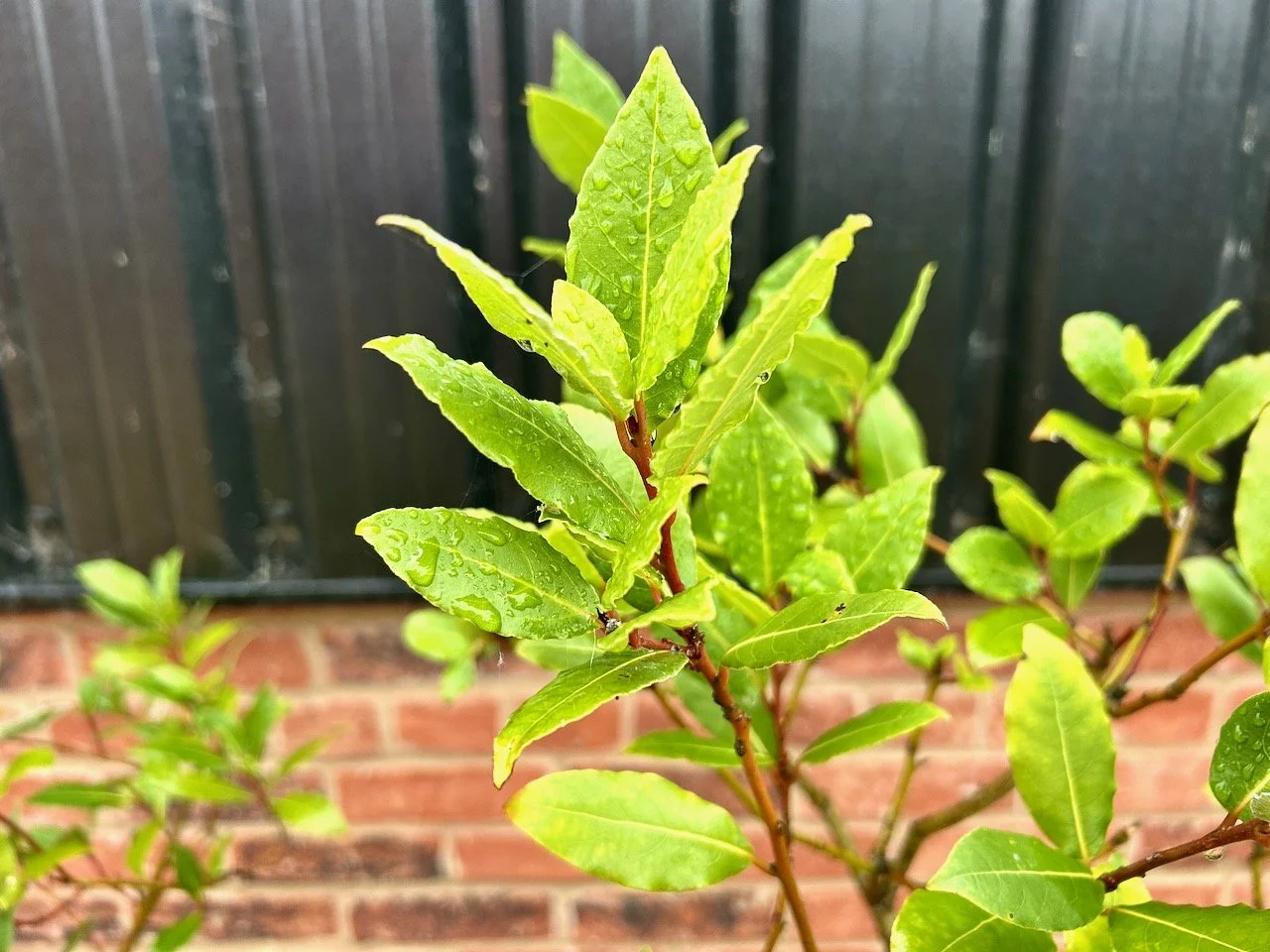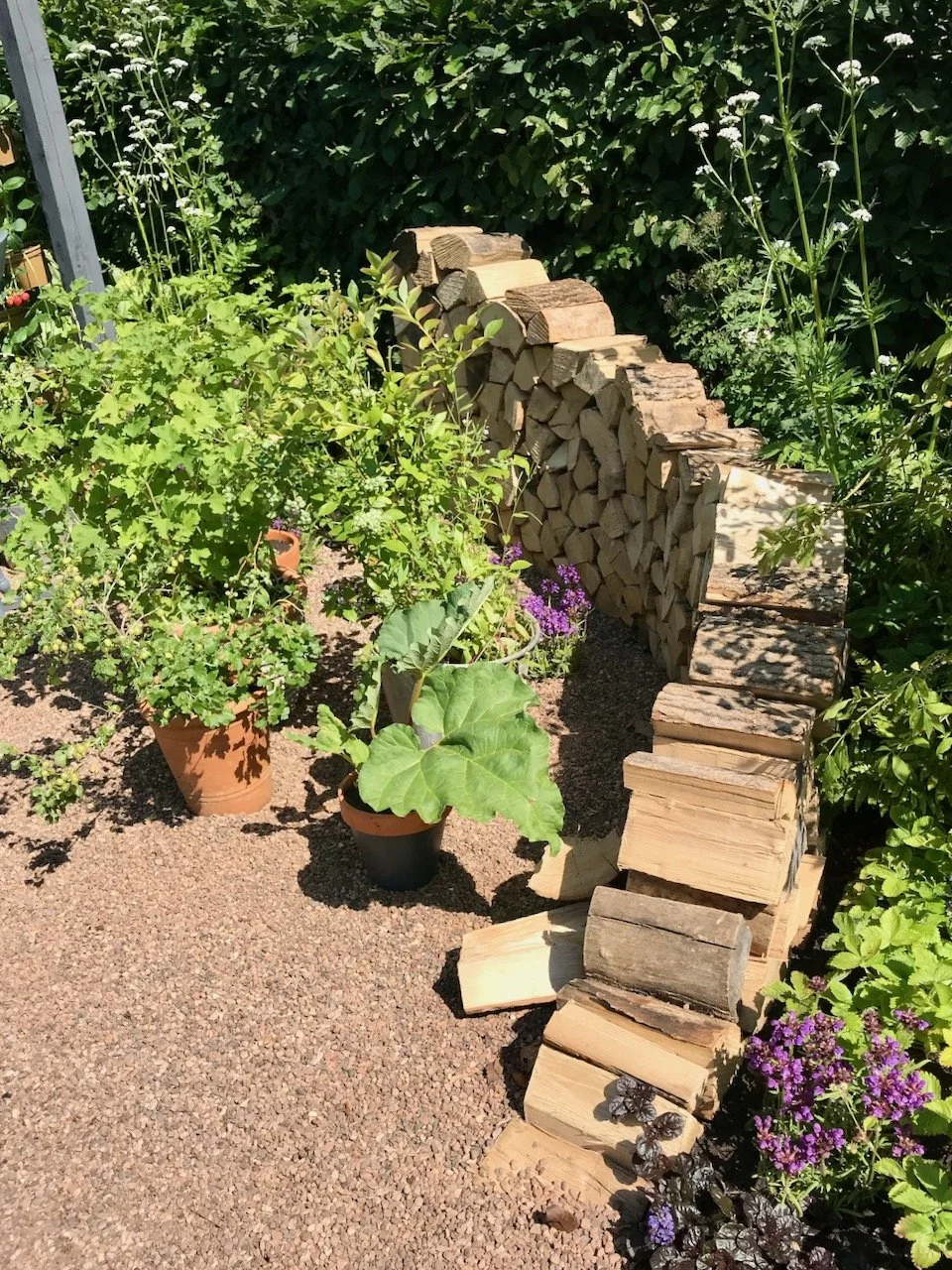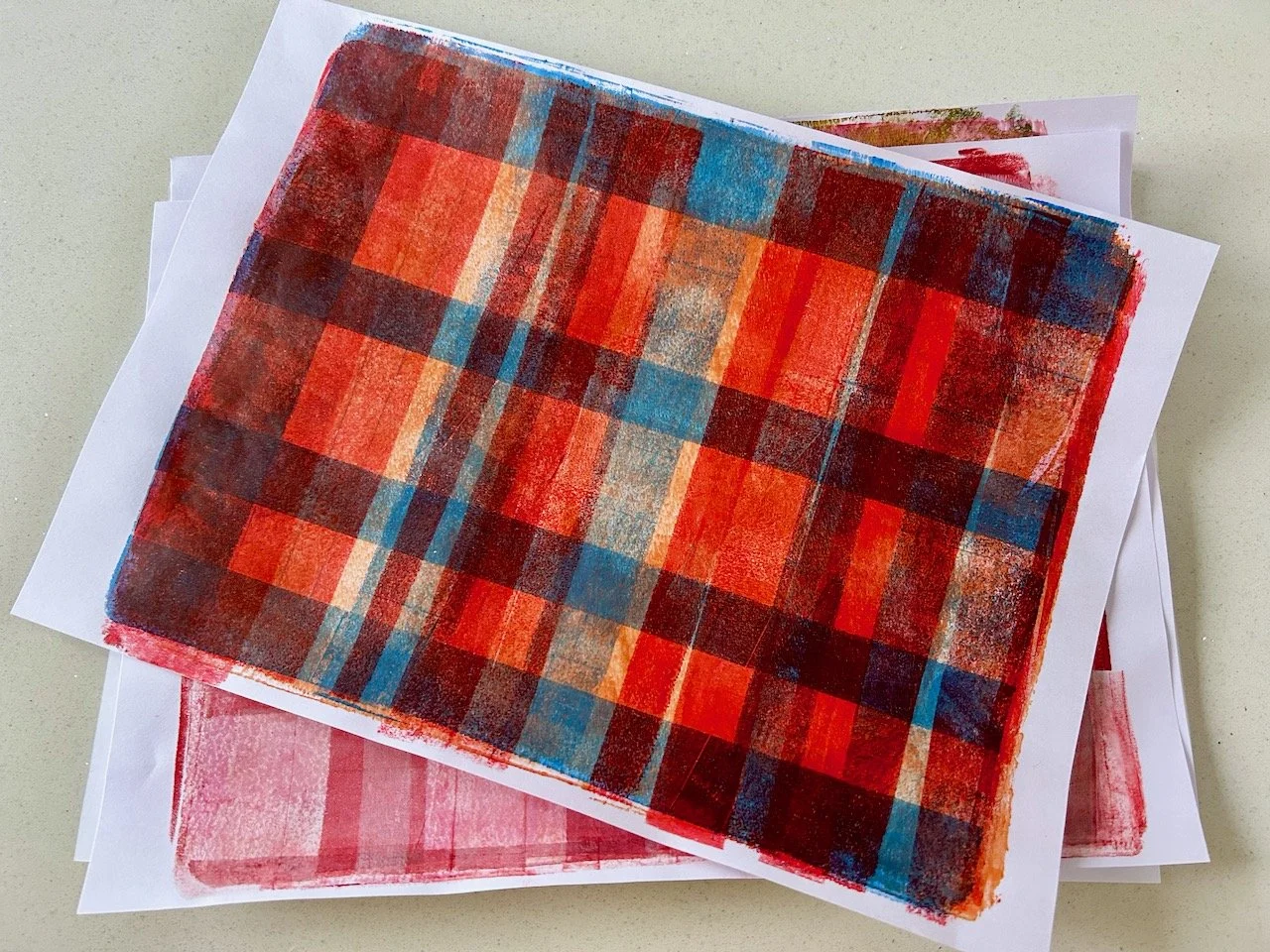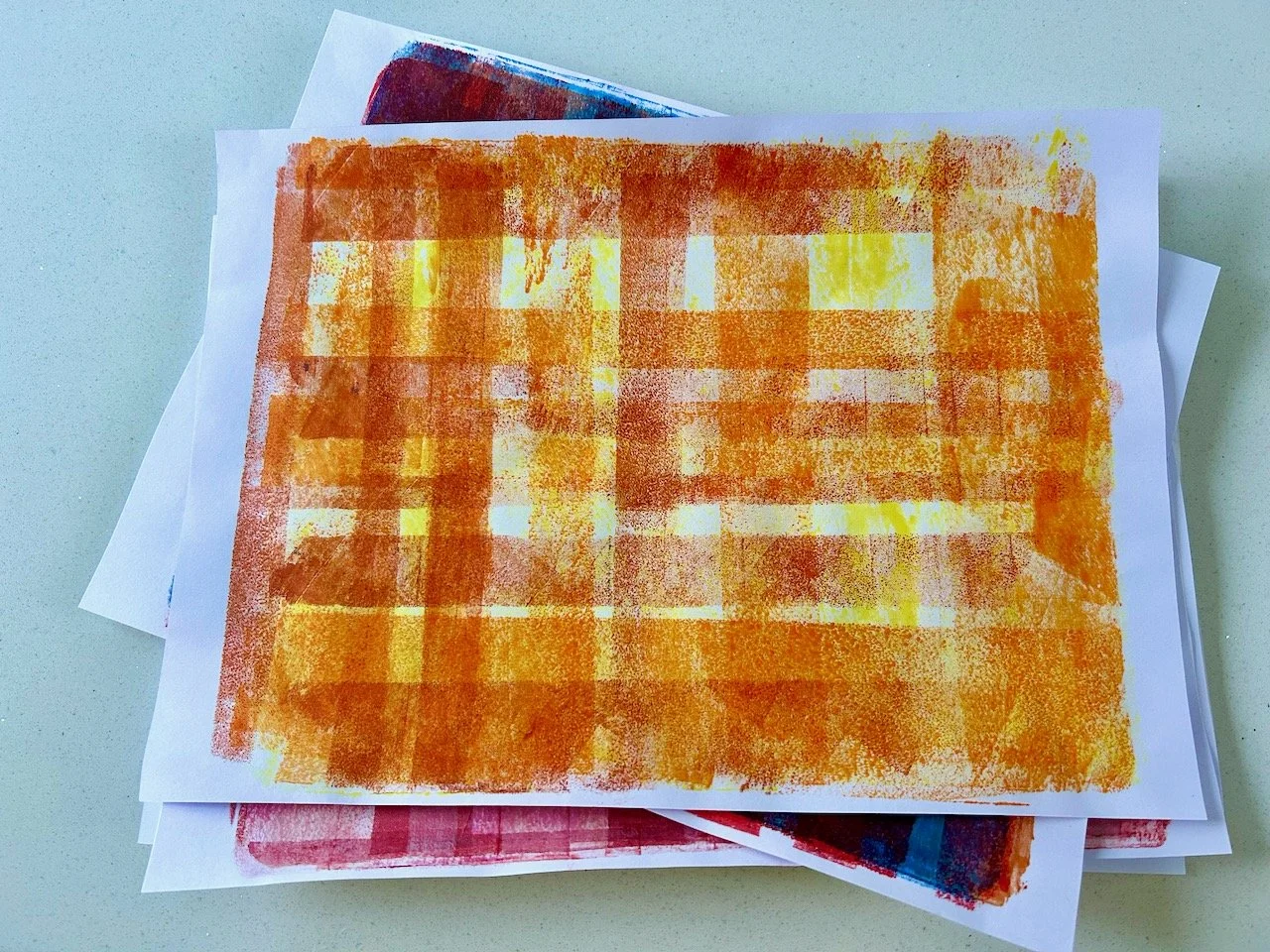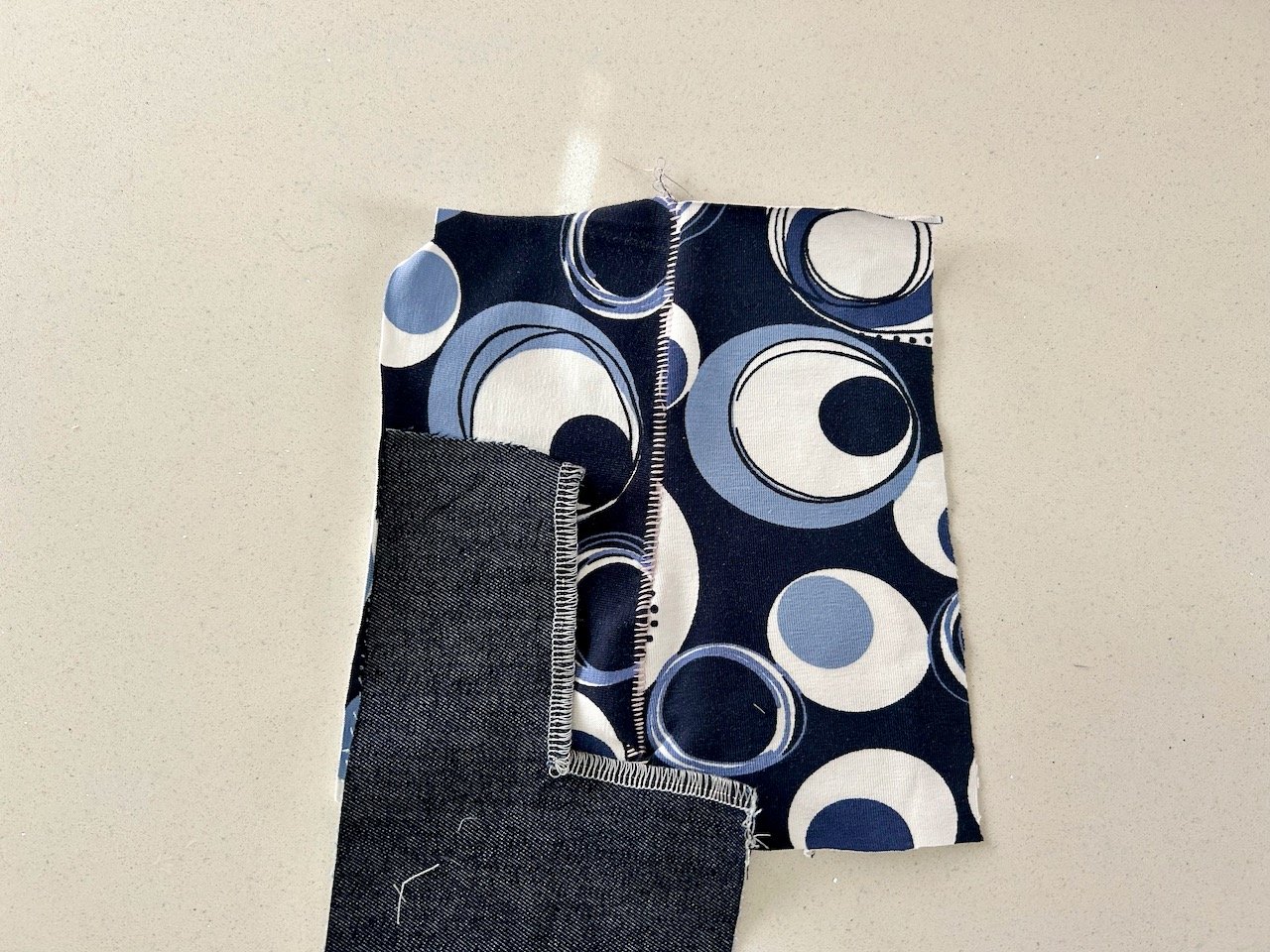* I was invited to the press preview for and provided with a pair of tickets to Gardeners’ World Live so I’m marking posts from the show as 'Ad’ - as usual my views and opinions are very much my own. Be sure to check out all of my posts from the show.
This garden was to empower visitors to the garden to feel empowered to start conversations about their health, and get inclusive and accessible perimenopause and menopause support. And you may automatically assume it’s a space for women, but as Dr Louise Newson said at the Best in Show Awards, which took place after the press preview, menopause is something which directly affects 51% of the population, and 49% of the population indirectly.
She also said while she is a menopause expert she wasn’t a gardener, but had worked with Ruth Gwynn who was an extremely talented garden designer as evidenced by these photos.
The garden is designed to be a place to relax and reflects ways of relieving symptoms of the menopause, and importantly it is also affordable and achievable, and can be done without overwhelm.
The plants were selected to create a visually enriching yet calm atmosphere, and during the show it held talks around relaxation, yoga and nutrition as well as having clinicians and experts on hand with information and advice for those visiting.
The show stopper for this garden was the standalone bath tub with the scented rose bush behind. It was especially appealing on the very warm afternoon we visited, and we weren’t the only ones eyeing it up!
The whole space was incredibly calming, and it was great to see this space at the press preview as I’m sure it would have been a really popular garden at the show. It was also a great way to further raise the awareness of this subject in a non-controversial, practical and inclusive way. It was also a very worthy winner of its platinum and Best Show Garden awards.
* With thanks to Gardeners’ World for inviting me to Gardeners’ World Live, it was as fabulous as ever!



